Photographing a wedding alone is no small feat. From having to take care of the subjects, find the right angles and compose shots while controlling natural lighting, there are lots to keep in mind for this big event. With all that goes into creating beautiful photos of one of life’s most important days, tackling such an endeavor without any assistance can be seriously intimidating. But if you follow these tips, any solo photographer will be able to capture stunning images of a couple’s special day — just like they deserve! Keep reading to learn how you can master taking wedding photographs on your own.
How to Shoot a Wedding Alone Without an Assistant?
Divide Your Tasks
When shooting a wedding alone, it’s important to take the time to plan out and divide your tasks. This will help you stay organized throughout the shoot and ensure that you’re able to get all of the necessary shots promptly. Some tasks that you should consider dividing include:
- Assigning specific areas to each photographer (if possible).
- Setting up the camera for each shot.
- Delegating any second shooting responsibilities to members of the wedding party or other guests (if applicable).
- Scheduling dedicated time for interviews with the couple.
- Assigning roles and responsibilities to help you stay on track throughout the day.
Ask For a Coordinator
If the wedding is large or complex, it can be helpful to ask a coordinator to assist you. A coordinator can help keep the day organized and ensure that everything goes as smoothly as possible. Additionally, they can often spot any potential problems before they arise, reducing your workload in the long run.
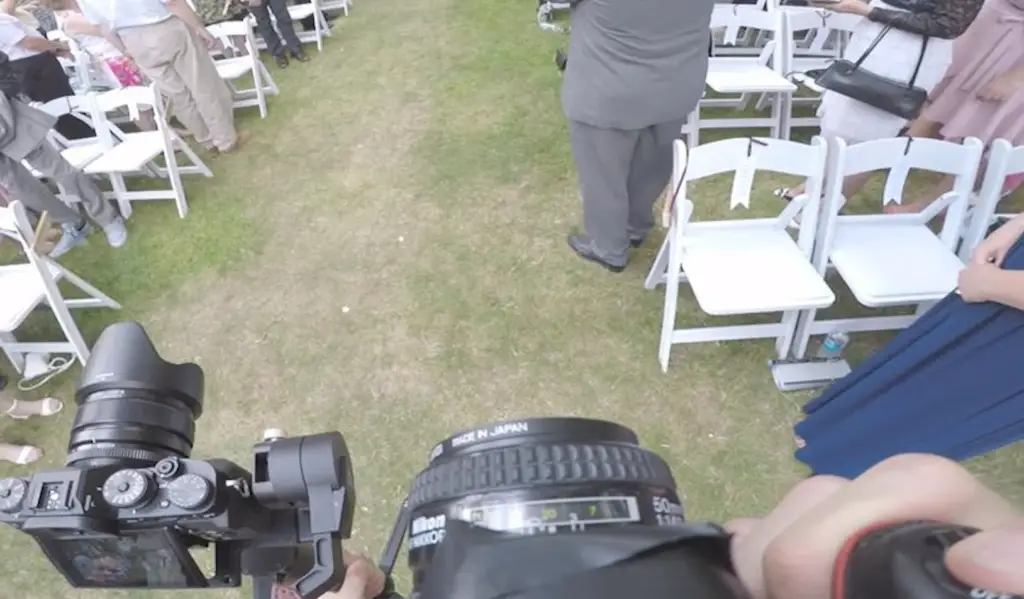
Check the Venue
Before arriving at the venue, it’s important to take the time to review and plan. Take a look at the layout of the location and map out what shots you want to capture ahead of time. This way, when you arrive on site, you already know exactly where to go and what angles to use for each shot. Additionally, it can be helpful to familiarize yourself with any recording or lighting equipment you might need throughout the day.
Set Up Ahead of Time
If possible, it’s a good idea to set up and prep the area before the wedding starts. This will help ensure that you don’t have to waste time during the ceremony setting up lights, adjusting backdrops, etc. Additionally, you can use this time to take test shots and make sure the lighting is correct.
Be Confident
When shooting a wedding alone, it’s important to maintain your confidence and stay focused. You may face moments of doubt throughout the shoot, but it’s important to remember that you have the skills and experience necessary to capture stunning photos. Keep calm and think through each shot carefully before taking them. With enough practice, you’ll be able to master solo wedding photography in no time.
Utilize Your Guests
It can be helpful to utilize your guests to help capture some of the shots throughout the day. Ask a family member or friend to take pictures from different angles while you take care of the main photography responsibilities. This can be especially useful during the reception, as many people will be moving around and you won’t have enough time to capture each moment.
Camera Settings and Light
When shooting a wedding alone, it’s important to pay attention to the camera settings and lighting. It can be helpful to use natural light where possible, as this will help you capture beautiful photos with minimal effort. Additionally, make sure your camera is set up correctly for each shot and that you’re aware of any changes in lighting throughout the day [1].
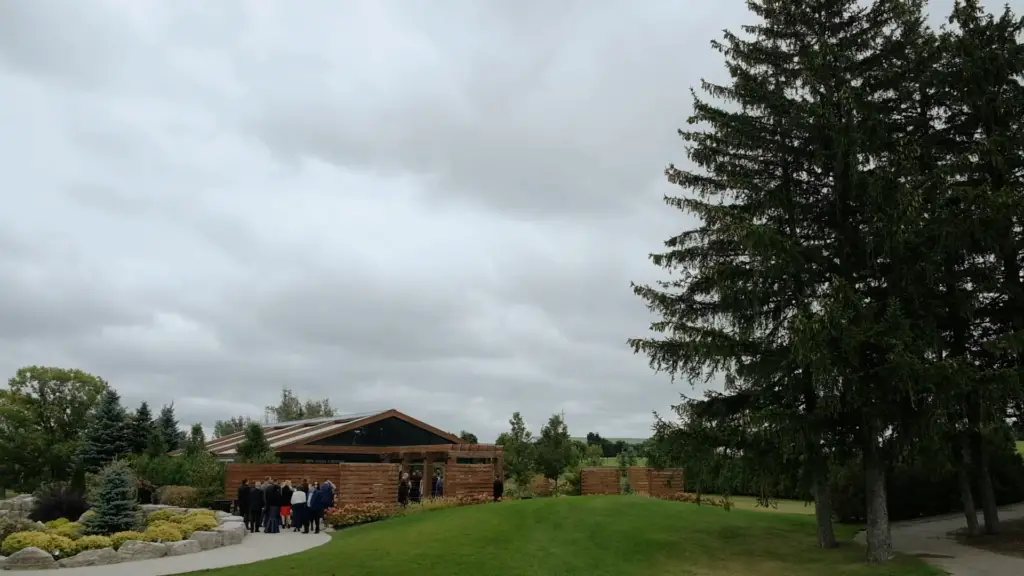
How to Photograph a Wedding Alone – 10 Tips for Success
Communicate with your clients before the wedding
Send a wedding day photography questionnaire
A wedding day photography questionnaire is an invaluable tool to gain insights into your clients’ preferences and expectations when it comes to capturing their special moments. By asking thoughtful questions such as: What specific types of shots would you like to have? Are there any particular details or moments that hold significance and you’d like me to focus on? Additionally, it’s helpful to inquire about the desired quantity of photos you’d like me to capture. By proactively gathering this information ahead of the big day, you’ll be well-prepared and able to exceed their expectations with a tailored and comprehensive photography experience.
Create a wedding day photography timeline
To ensure a smooth and well-organized wedding day, it is crucial to create a comprehensive timeline. This timeline should include not only the arrival time but also the specific moments when you plan to capture the most memorable photos. By detailing the sequence of events, you can effectively manage your time and ensure that everything goes according to plan. Moreover, it is beneficial to communicate with your clients about the estimated timeframe for delivering their photos. This way, they can eagerly anticipate the final result and have a clear expectation of when they can cherish those precious memories.
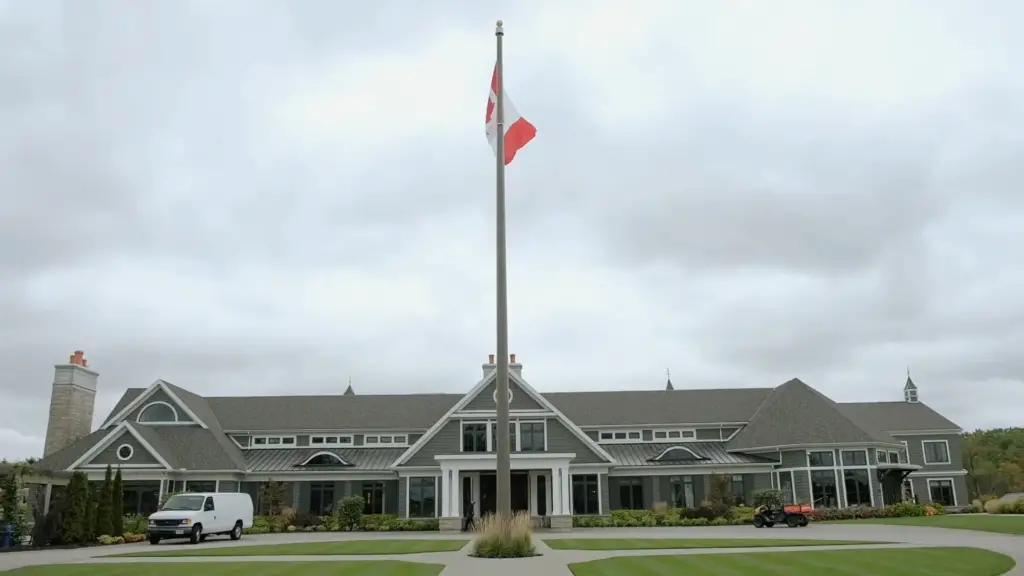
Talk with the wedding coordinator
To create a seamless and successful photo shoot, it is essential to communicate with the wedding coordinator. They are responsible for the overall flow of the day and have insight into which areas you can access, where you should set up your equipment, and who will be in attendance. By consulting with them ahead of time, you’ll be able to take advantage of any special moments and capture stunning photos that your clients will love.
Refer to a shot list
One of the most important tips for solo wedding photography is to refer to a shot list. A shot list serves as an essential guide and helps you capture all of the major moments without becoming overwhelmed or missing any key details. By designing a well-thought-out shot list, you can avoid confusion throughout the day, resulting in stunning photos that your clients will cherish forever.
Check out the venue in advance
Before the big day arrives, it’s beneficial to visit the venue and familiarize yourself with the layout. By exploring the area in advance, you’ll be able to come up with creative ideas for background photos and find out which areas will provide the best shots. Furthermore, if there is limited lighting, you can strategize how to take advantage of natural light or invest in extra lighting equipment if needed.
Arrive early and pre-plan when possible
Arriving early will provide a great opportunity to take advantage of the venue before it is filled with guests. If possible, set up any equipment and props in advance so that you can get ready quickly when the event starts. Additionally, having extra batteries on hand will come in handy if unexpected issues arise.
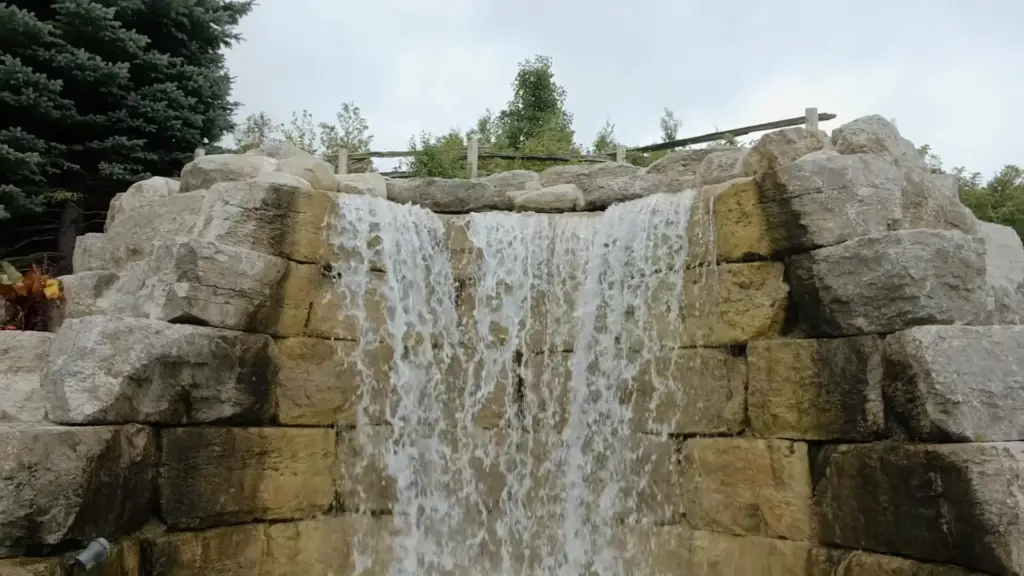
Have the right photography gear for the job
When it comes to solo wedding photography, having the right gear is essential for a successful shoot. You should have multiple lenses and flashes to help capture different moments in different settings. Furthermore, investing in a good tripod will provide stability and allow you to take long exposures with ease. Last but not least, be sure to bring extra memory cards as well so that you don’t run out of storage throughout the day.
Carry two cameras at once for easy swapping
To further enhance your solo wedding photography, it’s helpful to carry two cameras at once. This way, you can quickly swap between lenses and capture different shots without missing a beat. Additionally, having two cameras on hand can be beneficial in case one of them malfunctions or runs out of battery life.
Move around a lot
When you’re photographing a wedding solo, it’s important to move around a lot. By strategically positioning yourself in different areas of the venue, you can capture multiple perspectives and angles that will make your photos stand out. Moreover, keeping on the move ensures that you don’t miss any special moments due to too much downtime in one place [2].
Advantages of Hiring a Solo Photographer for Intimate Weddings
No Possibility of Creative Conflicts
When it comes to weddings, having two photographers can lead to creative conflicts between the two. This can create a divided vision for the end product and most often results in an unsatisfied couple. With a solo photographer, you don’t have to worry about clashing ideas that compromise the end result of your images.
Low Stress For Both Couple and Photographer
Couples who opt for a solo photographer for their intimate weddings typically experience less stress. With an experienced photography professional taking care of the entire event, the couple can relax and enjoy their special day without having to worry about coordinating two photographers.
The same goes for the photographer – working alone allows them to focus on capturing images in a way that they feel is best, without having to accommodate another photographer’s creative ideas and preferences.
Budget Considerations
Hiring a solo wedding photographer is also a great option for couples who are working on a budget. You’ll save money by not having to hire two photographers, and you can use the savings to invest in other elements of your special day.
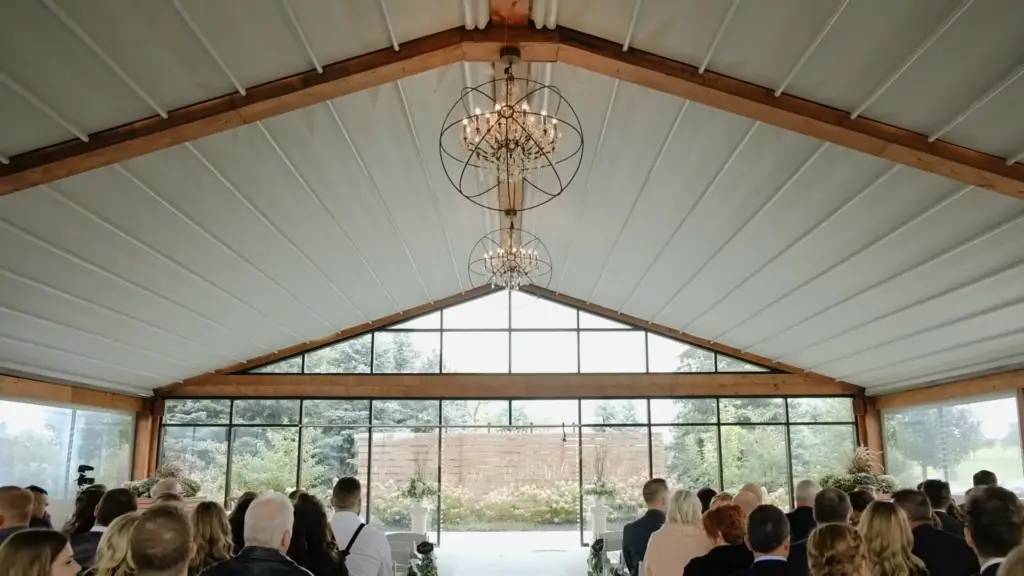
More Intimacy and Familiarity
The advantage of having a single wedding photographer is that you get to develop more intimacy and familiarity with them, which in turn leads to better photographs. A solo photographer will be able to capture pictures in a way that reflects the couple’s love story since they’ve had more time to get to know them on an intimate level.
How to Do Your Own DIY Wedding Photos?
Set Your Expectations
Do-it-yourself wedding photography can be a great way to save money and still get beautiful photos of your special day. However, it can also be time-consuming and difficult if you don’t know what to expect or haven’t done any research beforehand. Before getting started, make sure you are aware of the following:
- You will need to buy or rent the necessary photography equipment.
- You will need to learn and practice the basics of wedding photography before you start shooting your own photos.
- You will have to be organized and make sure that all of the photos come out looking great.
- It may take longer than expected, so make sure you give yourself plenty of time.
- The quality of the photos may not be as good as a professional, so you shouldn’t expect perfection.
Planning Your Shots
Before you start taking pictures, it’s important to plan out what shots you want to get on your wedding day. Make sure that you have a clear idea of what type of photos you want and make a list of all the shots that you would like to get. This will help ensure that you don’t miss any important moments or leave out something that could be captured beautifully.
When it comes to wedding photos, some classic shots should always be included such as the bride walking down the aisle, the first kiss as a married couple, and the couple cutting the cake. But don’t forget to get creative! Think outside the box with unique angles or perspectives, and be sure to capture candid moments that will capture all of the emotion and joy from your special day.
Posing for Photos
Once you have a plan in place, it’s time to start taking photos. It can be daunting to pose for pictures on your own, but there are a few tips that can help.
First of all, make sure you and your partner look natural in the photos. This means not trying too hard to smile or look happy – just let yourself be in the moment and enjoy spending time with each other. Additionally, don’t be afraid to move around and try different poses. If you’re feeling lost, remember to focus on little details like your hands or how close you are standing to each other.
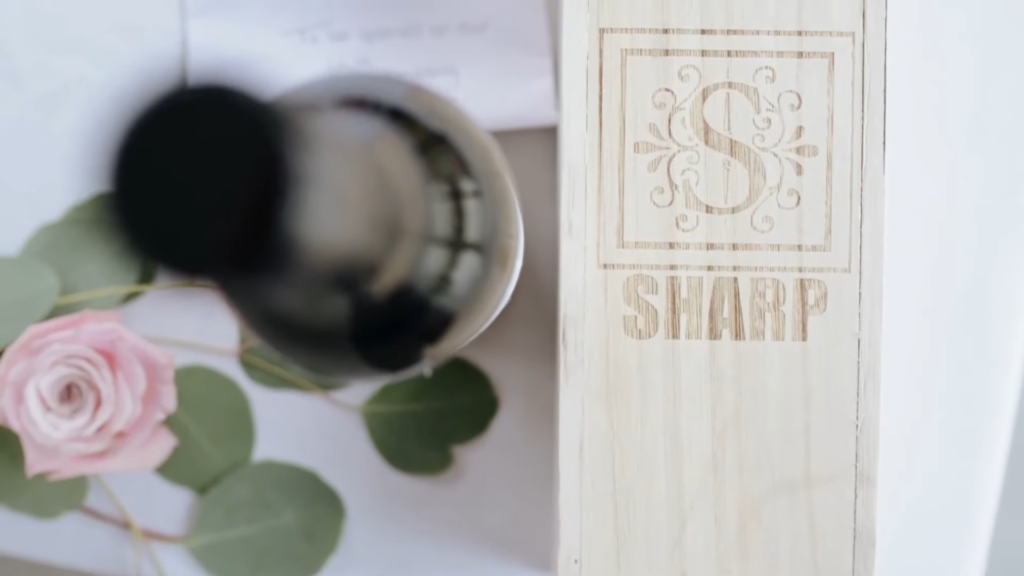
Editing & Printing Photos
Once you have taken all of your photos, it’s time to edit them and get them printed. Editing can take some time, so make sure that you don’t rush the process. Go through each photo and make sure it looks great before moving on to the next one.
FAQ
Can you take wedding photos by yourself?
Yes, solo wedding photography is possible. You can take beautiful photos with just a camera and a tripod. With the right techniques and tools, you can create stunning images that capture your couple’s personalities and love for each other. Plus, having just one photographer makes it easier to move around quickly and capture moments from different angles.
What equipment do I need?
When shooting a wedding by yourself, you should have a good camera with multiple lenses and some lighting equipment. You’ll want to bring a variety of lenses for different types of shots – wide-angle lenses for landscapes, telephoto lenses for portraits, and so on. Additionally, having a tripod is essential for taking steady shots or when you need to take pictures of yourself. Finally, off-camera lighting can add a professional touch to your photos.
How do you take good wedding pictures of yourself?
Taking good wedding photos of yourself requires careful preparation and practice. First, choose an area with a nice background – this could be a scenic landscape or even your couple’s house. Then, set up your tripod and camera facing the spot you want to take the photo in – make sure to adjust for proper exposure and focus on the subject. Finally, use either a remote shutter button or a timer to take the shot. With enough practice, you can become an expert at solo wedding photography!
What tips do you have for solo wedding photography?
- Plan ahead and scout locations – Knowing what type of shots you want will help you figure out the best spots for taking photos beforehand.
- Get creative with angles – Don’t be afraid to go low or high for unique perspectives.
- Invest in quality equipment – Make sure you have the right tools for the job so your photos turn out perfectly.
- Practice with a friend first – Even if you’ll be shooting alone, it’s always helpful to practice beforehand with someone else.
- Don’t forget to have fun – Solo wedding photography can be a great experience, so don’t forget to enjoy the process!
By following these tips and using the right equipment and techniques, you can become an expert solo wedding photographer and capture beautiful photos of your couples. Good luck!
How do you film a wedding solo?
Filming a wedding by yourself is possible, but it will require more preparation and equipment. You’ll need to carefully choose which shots you want and be comfortable navigating the camera while recording. Additionally, you should bring along an external microphone so your audio recordings come out clear. Finally, make sure to use a tripod or handheld stabilizer for smooth footage. With enough practice and the right gear, you can be a successful solo wedding videographer.
What tips do you have for shooting a wedding video solo?
- Talk to your couple beforehand – Knowing what type of footage they want will help guide your filming process.
- Have backup batteries and memory cards – Make sure you’re fully prepared with enough battery and storage space.
- Test different angles and shots – Experiment with various techniques to get the best results.
- Practice beforehand – Even if you’re filming alone, try shooting some test footage first.
- Have fun and enjoy the process – Above all, remember to have a good time while shooting your wedding video!
What settings should I use for wedding photography?
When shooting a wedding, you should use settings that will capture the beauty of your couple’s special day. For DSLR cameras, it’s best to shoot in RAW format so you can have more control over image quality and color processing. Additionally, it’s usually best to manually adjust exposure settings like aperture, shutter speed, and ISO so you can have full control over the look of your photos. Finally, use a white balance setting that captures true colors and avoid using flash or artificial light unless necessary. With these settings, you’ll be able to take beautiful wedding photos!
Useful Video: Shooting a wedding ALONE ?! (Solo wedding photography & videography how to)
Conclusion Paragraph
If you want to photograph a wedding alone, you need the right equipment, knowledge, and passion for capturing special moments. By investing in quality gear, familiarizing yourself with the basics of wedding photography, and honing your skills through practice, you can become a great solo wedding photographer. Moreover, having an understanding of brand voice and keywords will help make your images stand out from the crowd! With enough preparation and dedication to improving your craft, you can capture stunning photos of a wedding that will be cherished for years to come.
References
- https://enviragallery.com/how-to-shoot-a-wedding-alone-without-an-assistant/
- https://formedfromlight.com/blog/how-to-photograph-a-wedding-alone/
- https://www.muvee.com/wedding-studio-wedding-slideshow-maker/wedding-photography-tips-and-tricks/taking-diy-wedding-photos-like-pro





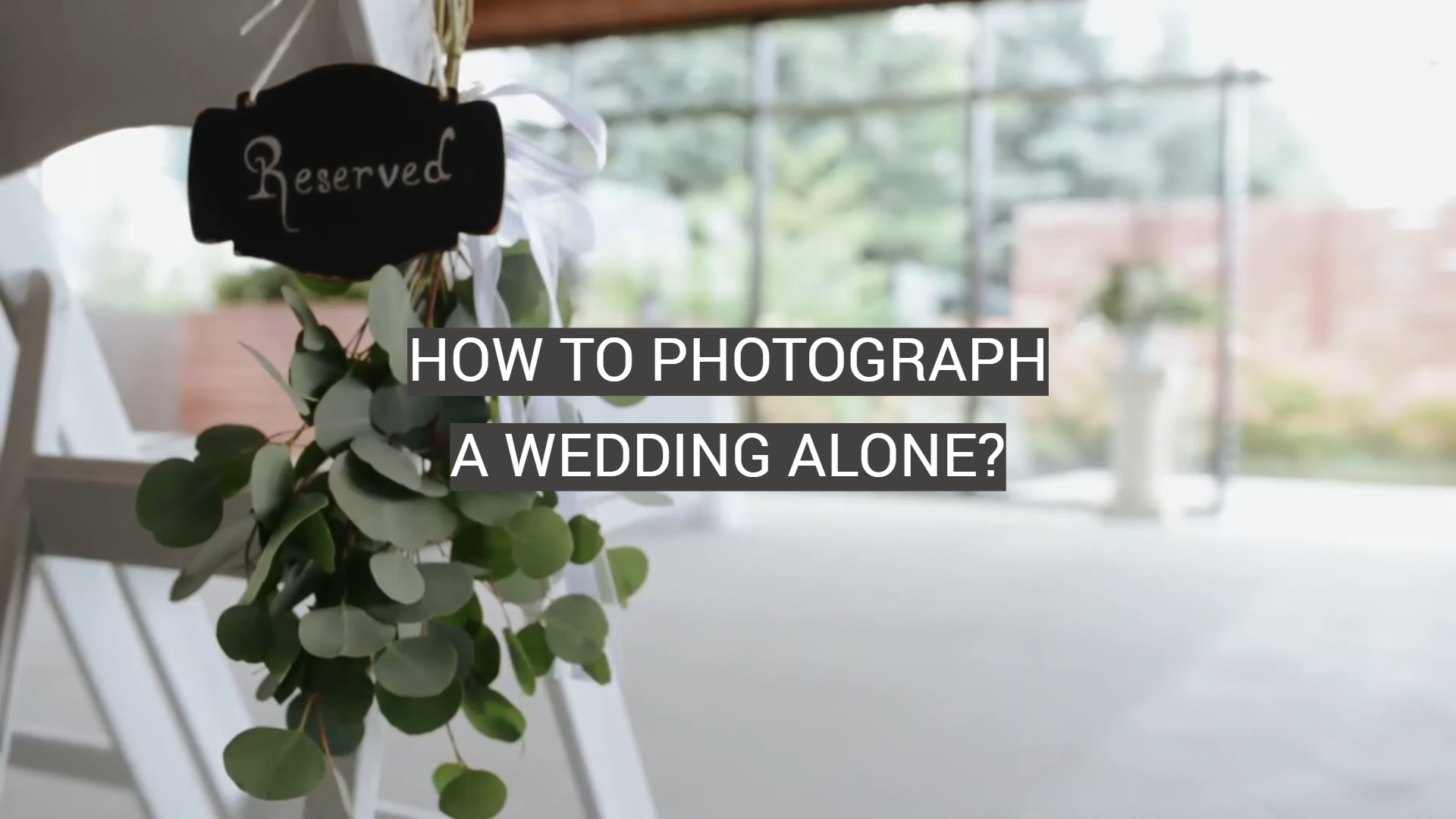
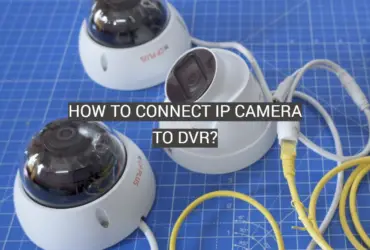
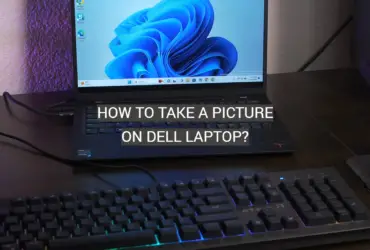

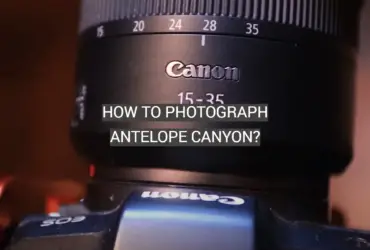
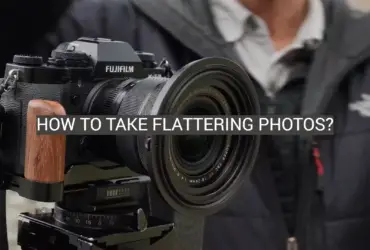
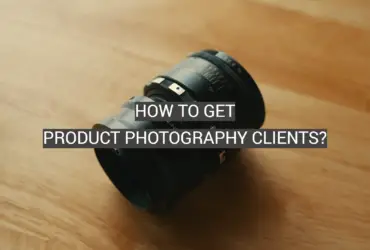
Leave a Reply